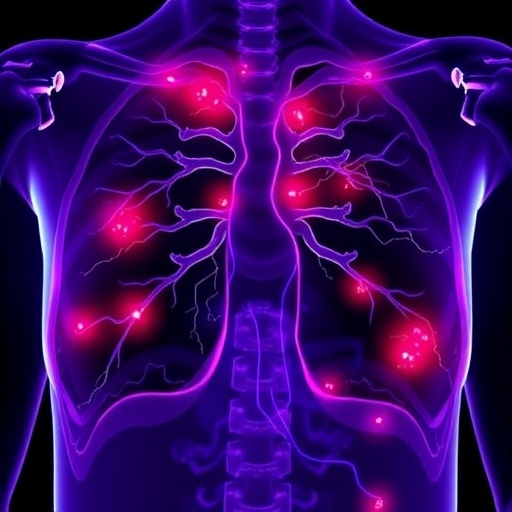Collaboration between between City, University of London and RWTH Aachen University researchers reveals how these micro-structures enable silent flight.

Credit: Courtesy Professor Hermann Wagner
A recent research study conducted by City, University of London’s Professor Christoph Bruecker and his team has revealed how micro-structured finlets on owl feathers enable silent flight and may show the way forward in reducing aircraft noise in future.
Professor Bruecker is City’s Royal Academy of Engineering Research Chair in Nature-Inspired Sensing and Flow Control for Sustainable Transport and Sir Richard Olver BAE Systems Chair for Aeronautical Engineering.
His team have published their discoveries in the Institute of Physics journal, Bioinspiration and Biomimetics in a paper titled ‘Flow turning effect and laminar control by the 3D curvature of leading edge serrations from owl wing’.
Their research outlines their translation of the detailed 3D geometry data of typical owl feather examples provided by Professor Hermann Wagner at RWTH Aachen University (Germany) into a biomimetic aerofoil to study the aerodynamic effect on the special filaments at the leading edge of the feathers.
The results show that these structures work as arrays of finlets which coherently turn the flow direction near the aerodynamic wall and keep the flow for longer and with greater stability, avoiding turbulence.
The City research team was inspired by the complex 3D geometry of the extensions along the front of the owl’s feathers – reconstructed by Professor Wagner and his team in previous studies using high-resolution micro-CT scans.
After being transferred into a digital shape model, the flow simulations around those structures (using computational fluid dynamics) clearly indicated the aerodynamic function of these extensions as finlets, which turn the flow direction in a coherent way.
This effect is known to stabilize the flow over a swept wing aerofoil, typical for owls while flapping their wings and gliding.
Using flow studies in a water tunnel, Professor Bruecker, also proved the flow-turning hypothesis in experiments with an enlarged finlet model.
His team was surprised that instead of producing vortices, the finlets act as thin guide vanes due to their special 3D curvature. The regular array of such finlets over the wing span therefore turns the flow direction near the wall in a smooth and coherent manner.
The team plans to use a technical realisation of such a swept wing aerofoil pattern in an anechoic wind-tunnel for further acoustic tests. The outcome of this research will prove to be important for future laminar wing design and has the potential to reduce aircraft noise.
###
Media Contact
John Stevenson
[email protected]
Original Source
https:/
Related Journal Article
http://dx.




